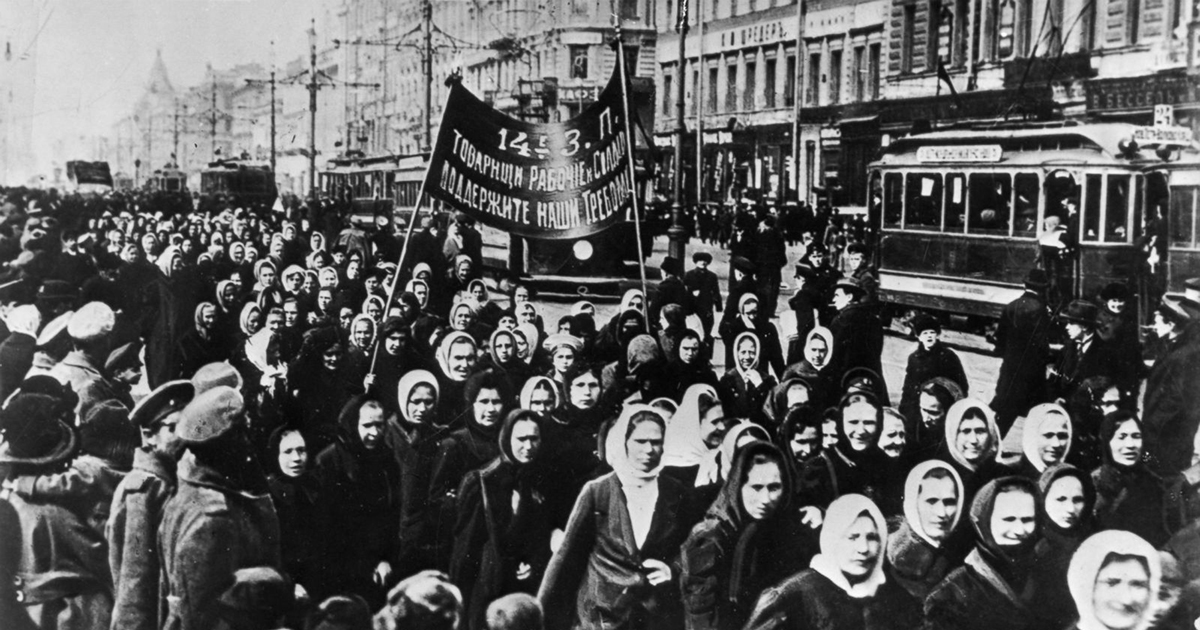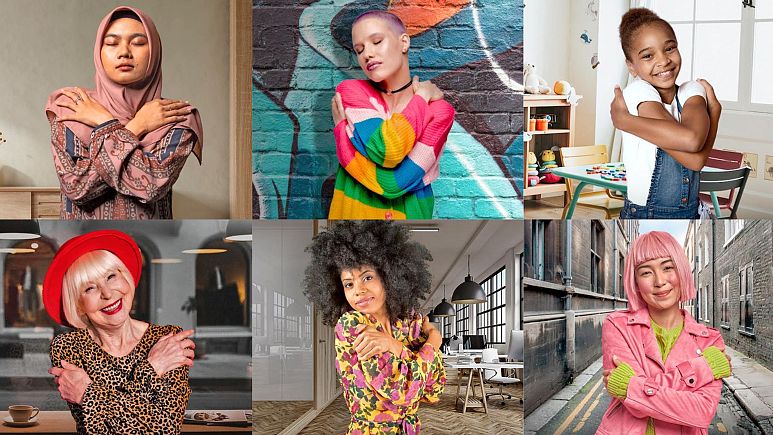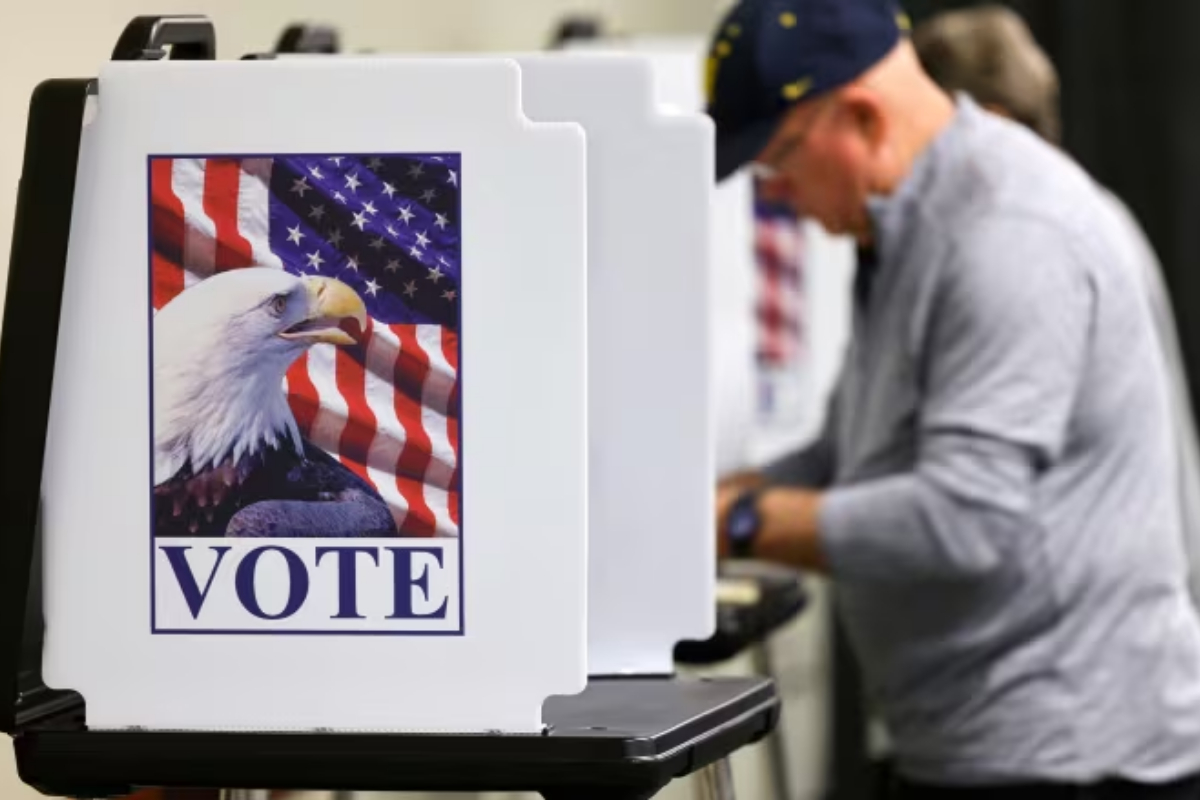- The commemoration of Women’s Day in Russia in 1917 earned them the right to vote.
- The International Women’s Day symbol is a female gender symbol.
- Some see it as a day of protest, while others see it as a way to promote gender equality.
International Women’s Day is observed every year on March 8 to commemorate and honor women’s achievements, raise awareness about gender inequities and discrimination, and promote global support for women.
But how well do you know IWD? We’ve come to answer five crucial questions.
How long has International Women’s Day been celebrated?

The then-active Socialist Party of America commemorated the first National Woman’s Day on February 28, 1909, in honor of the 15,000 women who demonstrated in New York against terrible working conditions and lower wages.
Clara Zetkin, a women’s rights campaigner and the chairwoman of the Social Democratic Party’s Women’s Office in Germany, introduced the notion of a global International Women’s Day in 1910.
The inaugural International Women’s Day was observed on March 19, 1911, with over 1 million people participating in Austria, Denmark, Germany, and Switzerland.
The United Nations did not acknowledge and begin honoring International Women’s Day until 1975. (IWD). Since then, the United Nations has served as the event’s primary sponsor, pushing more countries to commemorate “acts of courage and resolve by ordinary women who have played an outstanding role in the history of their countries and communities.”
And for those who are curious and feel left out (get over it), there is an International Men’s Day, which is observed on November 19 in over 80 nations worldwide, including the United Kingdom. It has only been observed since the 1990s and is not recognized by the United Nations.
What is the color and symbol of International Women’s Day?

The International Women’s Day symbol is a female gender symbol. It is typically paired with the colors purple, green, and white.
Purple represents dignity and justice, green represents hope, and white represents purity, according to the International Women’s Day website. “The colors originated from the Women’s Social and Political Union (WSPU) in the UK in 1908.”
Is it a holiday?
























